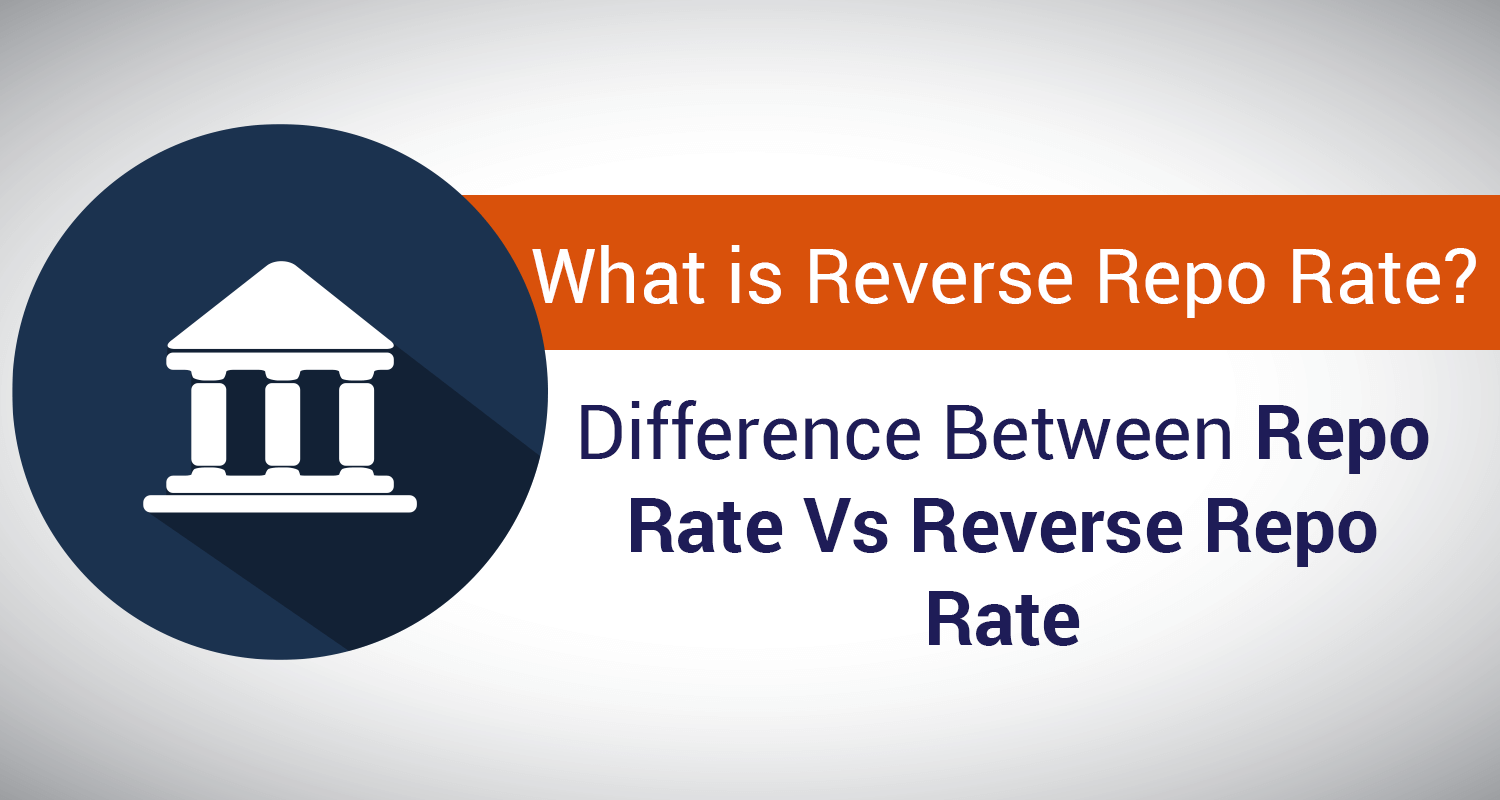Repo Rate Vs Reverse Repo Rate - Definition & Differences

For six times in a year, policymakers, economists, academicians, bankers and lending institutions look forward to Reserve Bank of India’s Monetary Policy Committee decisions for information on two very key interest rates. They are the Repo Rate and the Reverse Repo Rate.
In the intricate landscape of monetary policy and financial markets, these key interest rates play a pivotal role in the overall health of the economy. These rates are fundamental tools employed by central banks to regulate liquidity, control inflation, and to stabilize the economy.
Even as these key rates impact the economy, the reverse repo rate particularly impacts the common man especially if he has opted for a loan. This is because, every time a central bank changes the reverse repo rate, the cost of consumer borrowing changes. Knowing the reverse repo rate can help them get an even more affordable interest rate on their personal loan.
So, what is the reverse repo rate? To answer this question, we begin with understanding the Repo rate, followed by the Reverse Repo Rate. We will also look at the definitions, mechanisms, and differences between these two key interest rates.
Repo Rate Vs Reverse Repo Rate: Definition and Mechanism
Repo Rate:
Repo rate meaning refers to the interest rate at which the Reserve Bank of India (RBI) lends money to the commercial banks. The term ‘Repo’ is derived from the word "Repurchase Agreement." In simple terms, a repo transaction involves a short-term borrowing arrangement where financial institutions, typically commercial banks, sell securities to the central bank, the RBI in this case, with an agreement to repurchase them at a predetermined future date and price. The Repo Rate, then, is the interest rate at which the central bank lends money to commercial banks against the collateral of government securities.Reverse Repo Rate:
When the scenario reverses, i.e when the RBI borrows from the commercial banks, the banks charge the RBI a reverse repo rate. Meaning, the RBI pays interest to the commercial banks for borrowing from them by selling them securities. Here, the central bank purchases securities from commercial banks with an agreement to sell them back at a later date and at a specified price. It acts as a tool for absorbing excess liquidity from the financial system.
The reverse repo rate today, as on 21 November 2023, is 3.35%. Any changes to this rate will be revealed in the next MPC review to be held between 6-8 December 2023.
Zaroorat aapki. Personal Loan Humara
Apply NowKey Points of Difference:
Aspect |
Repo Rate |
Reverse Repo Rate |
Definition |
The rate at which the Central Bank lends money to commercial banks against government securities as collateral. |
The rate at which the Central Bank borrows money from commercial banks against government securities. |
Nature of Transaction |
Here, the Central Bank acts as the lender, providing funds to commercial banks. |
The roles reverse, as the Central Bank becomes the borrower. |
Objective |
To regulate liquidity in the financial system, influence money supply, and control inflation |
To reduce the money supply in the market by encouraging banks to park surplus funds with the Central Bank. |
Interest Rate Spread |
It is higher than the reverse repo rate, creating an incentive for banks to lend. |
It is lower than the repo rate, motivating banks to lend funds in the market. |
Impact on Market Dynamics |
A higher repo rate makes borrowing more expensive for banks, leading to higher interest and thus helps curb inflation. |
A higher reverse repo rate encourages banks to deposit funds with the Central Bank, reducing the overall money supply and restraining inflationary pressures. |
Conclusion
In conclusion, the Repo Rate and the Reverse Repo Rate are indispensable tools with central banks, serving as instruments to achieve monetary policy objectives. The repo market facilitates short-term liquidity management, while the reverse repo market helps in absorbing excess liquidity from the financial system. Understanding the nuances of these rates is crucial for investors, policymakers, and anyone interested in comprehending the intricate workings of the financial world.
IIFL Finance offers quick and convenient customized personal loans to meet your capital requirements for any of your personal needs.
Apply for IIFL Finance Personal Loan today and avail the benefit of affordable personal loan interest rate!
Zaroorat aapki. Personal Loan Humara
Apply NowDisclaimer : The information in this blog is for general purposes only and may change without notice. It does not constitute legal, tax, or financial advice. Readers should seek professional guidance and make decisions at their own discretion. IIFL Finance is not liable for any reliance on this content. Read more



